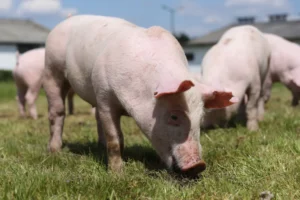
NASA Just Shot Rockets at the Northern Lights. This Is What Happened
In a groundbreaking experiment, NASA launched three rockets to study the impact of auroral substorms on Earth’s atmosphere. The endeavor, dubbed Auroral Waves Excited by Substorm Onset Magnetic Events, or AWESOME, aimed to uncover how these events affect the thermosphere, an upper layer of the atmosphere.
The first two launches were successful, releasing pink, blue, and white vapor tracers at four different heights over central Alaska. These tracers allowed researchers from the University of Alaska Fairbanks Geophysical Institute to measure pressure fluctuations and track the movement of atmospheric particles in real-time.
Despite the initial success, the third rocket failed due to an issue with its Malemute motor. The team is currently assessing the problem to determine if it can be repaired or if alternative methods must be employed.
The timing of this experiment was deliberately chosen, coinciding with the few weeks following an equinox when Earth’s magnetic field aligns more favorably with the solar wind. This alignment increases the likelihood of auroral activity and allows scientists to study its effects on the atmosphere under controlled conditions.
By analyzing the data collected during these experiments, NASA hopes to better understand how energy and momentum injected into the middle and lower thermosphere by auroral substorms can impact the atmosphere’s stability. This information is crucial for improving space weather prediction methods, as changes in atmospheric composition have significant implications for communication, navigation, and spacecraft operations.
The AWESOME experiment took place at Poker Flat Research Range, operated under contract with NASA’s Wallops Flight Facility.
Source: https://www.forbes.com/sites/jamiecartereurope/2025/03/26/nasa-just-shot-rockets-at-the-northern-lights-this-is-what-happened/


